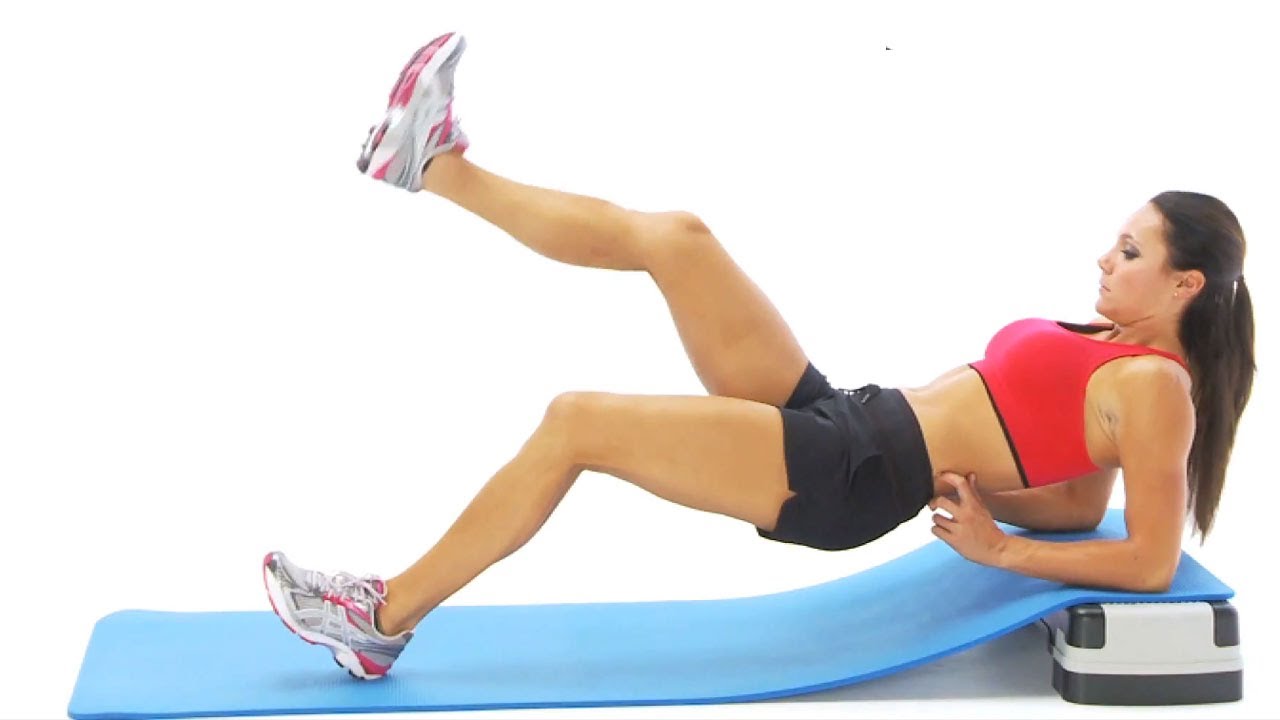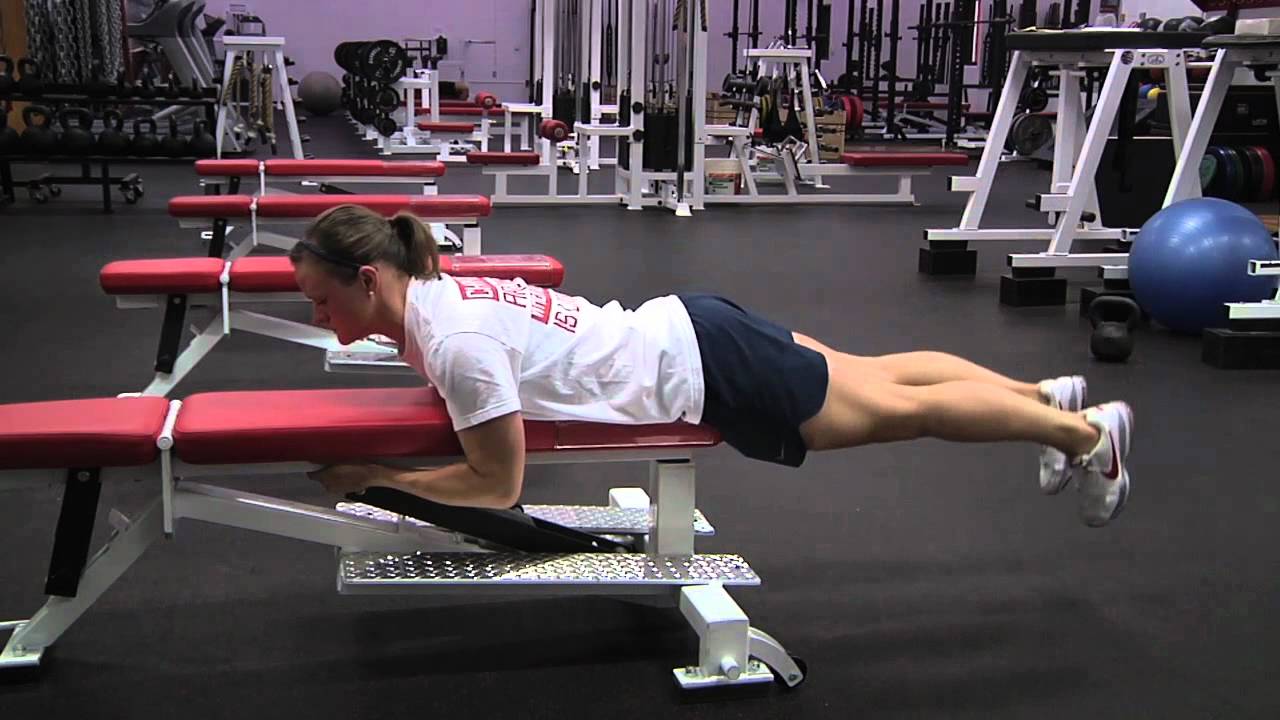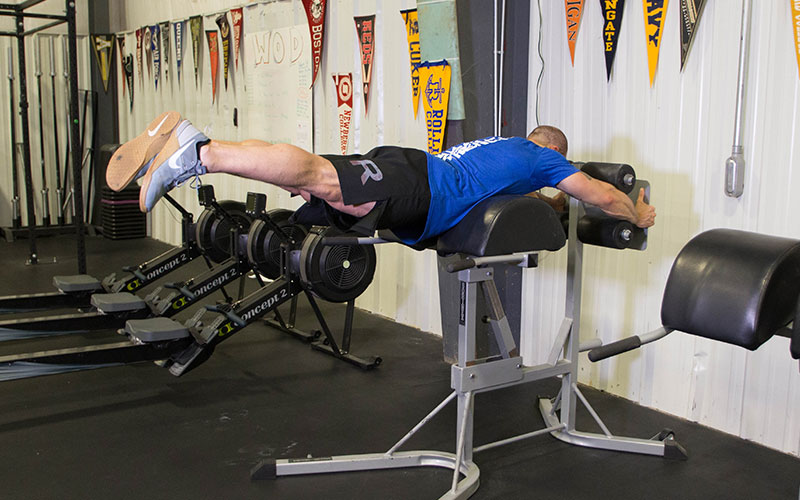Reverse hyperextensions (Reverse Hypers in English) are a series of exercises to strengthen the glutes and lower back from a lying position prone on a raised support.
This series of movements is one of the most effective in targeted areas. Their mastery is essential for gymnastics, yoga and street workout practitioners wishing to hold advanced planks without their feet touching the ground.
Materials Required
[su_note note_color=”##000000″]
A bench, bed or table (if you practice at home) or a stack of steps (as demonstrated in the video and photos in this article).
Pre-requisite level:
None, ideal for complete beginners.
[/su_note]
Exercises:
There are 5 exercises to follow one behind the other in the form of a circuit:
[su_list icon=”icon: arrow-right” icon_color=”#000000″]
- Exercise 1: alternating extensions.
- Exercise 2: double extensions.
- Exercise 3: inverted leg lifts.
- Exercise 4: scissors in extension.
- Exercise 5: double static extension.
[/su_list]
Begin the circuit with Exercise 1 by chaining them in the order of their numbering.
Exercise#1: Alternate Extensions
Lie flat on your stomach on the support so that the hip joint is in a vacuum so that you can bend it and bring the thighs vertically.

From there, stretch one leg looking for the horizontal or above by inhaling and then fold it in while exhaling. For the next repetition do the same with the other leg.
Do this alternately until you reach 5 repetitions per leg. The extension must be slow and controlled to develop maximum strength in the buttocks and lower back; so take a deep breath and follow it with movement.
Once the 10 repetitions are completed (or less if you do not reach 10) take a 30-second break and go to exercise 2.
Exercise#2: Double Extensions
[su_note note_color=”#f3f0ef”]
Take the same position as in exercise 1 but this time stretch the 2 legs at the same time keeping them tight during inspiration and fold them up while exhaling.
For this exercise also look for the horizontal or above with the legs when they are stretched. Do a series of 1 to 10 repetitions then take a 30-second break and go to exercise 3.
[/su_note]
Exercise#3: Inverted Leg Lifts

From the starting position of the previous exercise, stretch your legs while keeping your feet on the ground.
On an inspiration, raise them as high as possible while keeping them tense then rest them while exhaling. You must at least reach horizontal in the high position to validate a repetition.
The legs remain straight throughout the exercise. Do a series of 1 to 10 repetitions then take a 30-second break and go to exercise 4
Exercise#4: Scissors In Extension
Mount the legs stretched horizontally as seen in exercise 3 to get into the starting position.
From there, perform a scissor movement with the legs, spreading them as far as possible to the sides during inspiration and tightening them during expiration.
The most important point is to always keep your legs straight horizontal or above. If at some point the feet dive lower than the hips, the repetition should not be validated.
Do a series of 1 to 10 repetitions then take a 30-second break and go to exercise 5.
Exercise#5: Double Static Extension
Put yourself in a feet-joint position with legs stretched horizontally or above, then keep it for 30 seconds if possible. If the legs fall below the horizontal at some point, the series is over and note the final holding time.
Seek to hold the position for 1 to 30 seconds then take 1 minute of rest before leaving for a new lap of the circuit with exercise 1 if your strength allows.
Depending on your strength and muscular resistance, try to do up to 4 full turns. It will probably not be possible during the first session, but set yourself this goal during your training.
The day you manage to do all the exercises 4 times with the maximum number of repetitions or required hold time, your glutes and lower back will be strong, firm, toned and ready to support high-level gymnastic movements like planks and levers.

Leave a Reply